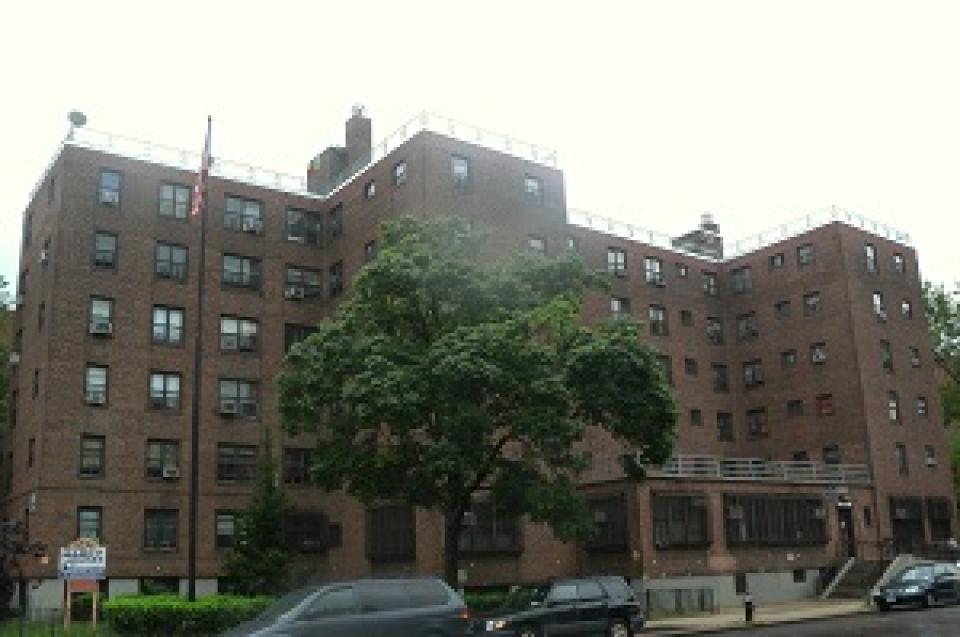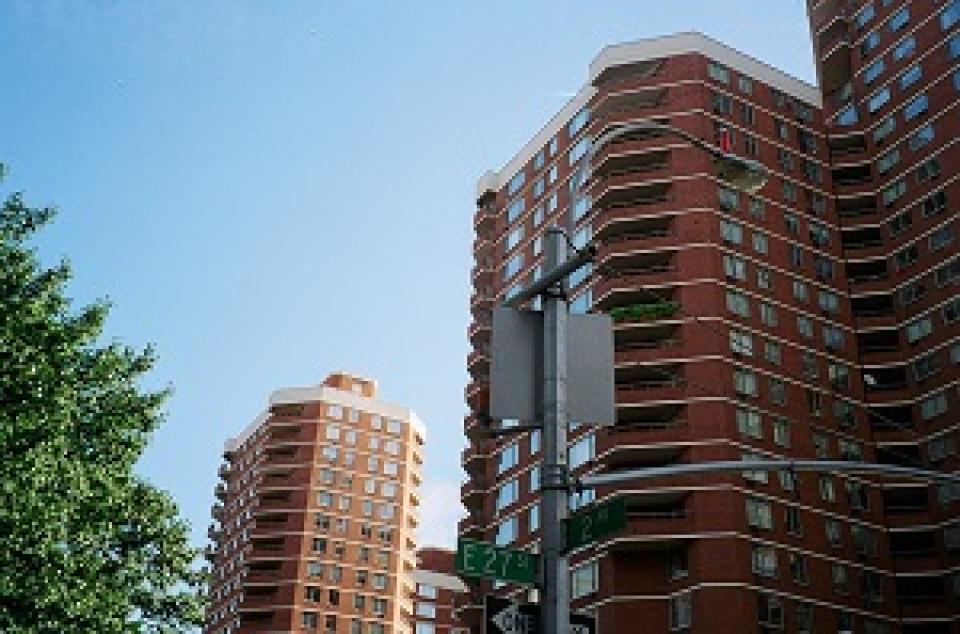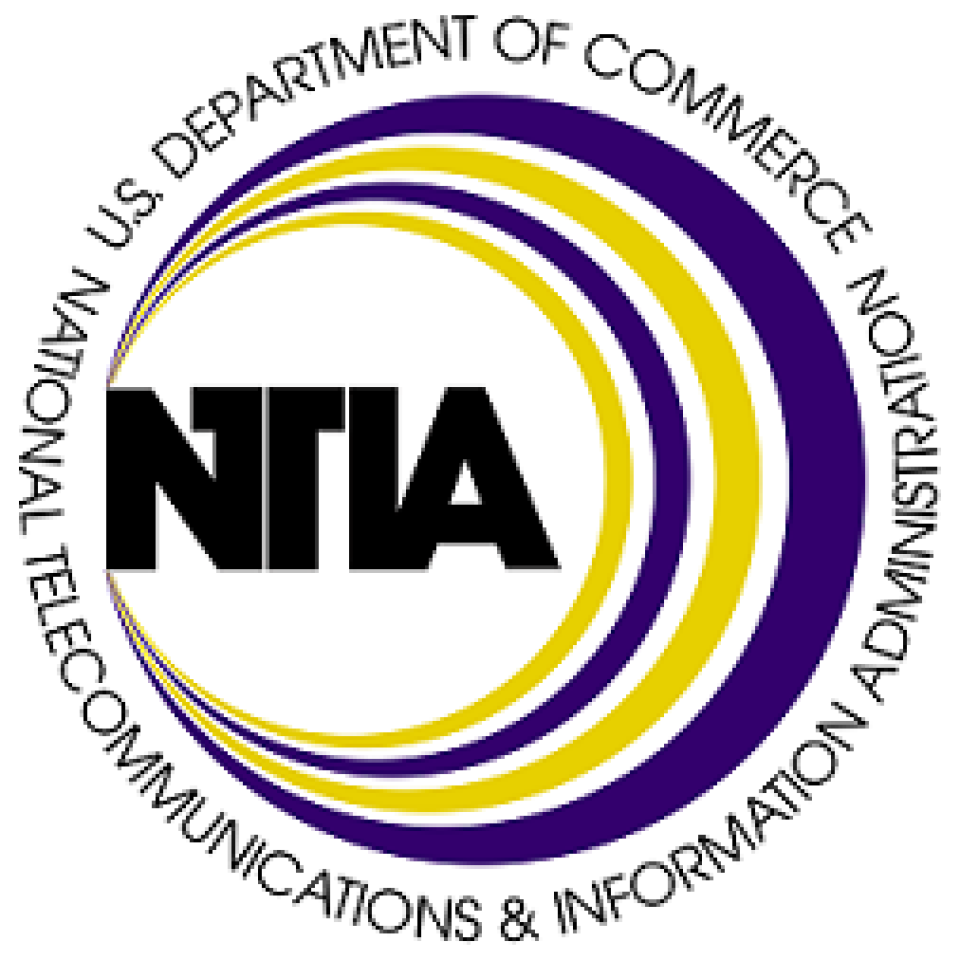
Fast, affordable Internet access for all.

The pandemic exacerbated extreme economic, racial, and social disparities that have long characterized New York City neighborhoods. When the pandemic hit, the "City That Never Sleeps" experienced the worst single-year job decline since the 1930s, with communities of color bearing the brunt of the disease itself in addition to the rising levels of unemployment, lack of affordable housing, and food insecurity it brought on.
Aiming to alleviate these deeply-entrenched challenges, New York City Mayor Bill de Blasio formed the Taskforce on Racial Inclusion and Equity last April to survey community organizations in NYC districts most severely impacted by COVID-19. As that work got underway, taskforce co-chair Deputy Mayor Phil Thompson kept hearing a resounding call for access to the Internet. Three months into the pandemic, de Blasio reported that 18 percent of all New Yorkers, more than 1.5 million city residents, had neither a home or a mobile connection, mainly due to issues of affordability.
In response to the public outcry, Mayor de Blasio set to work enacting New York City’s Internet Master Plan, starting with a $157 million initiative which will direct public and private investment to fund broadband infrastructure and expand low-cost or no-cost Internet access to 600,00 New Yorkers, including 200,000 city residents living in public housing, within 18 months.

New York City is looking to take a bite out of the Big Apple’s broadband gap for residents living in newly built affordable housing.
Last month, the New York City Department of Housing Preservation and Development (HPD) released revised Design Guidelines requiring new affordable housing projects that use city funds to be “designed and constructed to provide high-quality [I]nternet access and service as part of their lease contract and at no additional cost to the tenant.”
That means all new affordable housing buildings that use city funds must be wired, “to the maximum extent feasible,” to offer free high-speed Internet access that supports “four simultaneous moderate users or devices, with preferred system capacity of 100 Megabits per Second (Mbps) upload and download, per unit.”
The guidelines further stipulate that residents should also be given the option to increase their household’s level of service “at their own cost.”
“As we continue to produce affordable housing at record pace, this Administration is equally committed to ensuring that housing contributes to creating a more equitable and sustainable city. That is why our new Design Guidelines incorporate lessons learned from COVID-19 and follow best practices to promote equity, health, and sustainability,” HPD Commissioner Louise Carroll said in a press release when the new guidelines were announced.
HPD officials said the health and economic fall-out of the pandemic had a “devastating” and “disproportionate” impact on low-income city residents, particularly communities of color.

Join us for Episode 9 of Connect This!, where hosts Christopher Mitchell and Travis Carter (USI Fiber) will be joined by Joanne Hovis (President, CTC Energy and Technology) and Doug Dawson (President, CCG Consulting) to talk about the recently signed American Rescue Plan Act, which has the potential to funnel an unprecedented level of funding to communities which can be used for Internet infrastructure.
Together they'll talk about what can be done with this money, what restrictions exist, and how communities can ready themselves to embark upon broadband projects quickly. Christopher, Travis, Joanne, and Doug will also explore the viability of the variety of technologies available for deployment, and what it would look like for local officials to boldly take the reins and move the needle on locally owned information infrastructure for their communities.
The show will begin on Monday, April 5th at 4pm ET/3pm CT via this link, or watch below.
Subscribe to the show using this feed.
Email us broadband@muninetworks.org with feedback and ideas for the show.
One component of the Consolidated Appropriations Act of 2021 was the Emergency Broadband Benefit, a $3.2 billion program designed to get families connected to available service that they otherwise might not be able to afford. The program provides a subsidy of up to $50/month for service (or $75 for tribal lands) as well as up to $100 for a device (with a household contribution) for as long as the money lasts.
On Episode 8 of Connect This!, hosts Christopher Mitchell and Travis Carter (USI Fiber) are joined by Angela Siefer (National Digital Inclusion Alliance) and Olivia Wein (National Consumer Law Center) to talk about how it will work and what their expectations are, including who will be able to take advantage of the program and what problems there might be for both the people who need it and the small ISPs that would like to participate.
During the course of the discussion the panel talks about: eligibility requirements; the challenge of standing up a program quickly and making it available to the widest number of people possible; USI Fiber’s experience so far in becoming an eligible provider; the device benefit available, and how providers can forge partnerships with groups like PCs for People to get hardware into homes; the need for digital navigators to help community members navigate the process of getting and staying online; and the long-term prospects for renewal of the program.
Mentioned during the episode was a recent study by Professor Lloyd Levine from the School of Public Policy, University of California, Riverside, California, on outreach programs (paywall).
Watch via this link, or watch below.
Subscribe to the show using this feed.
Email us at broadband@muninetworks.org with feedback and ideas for the show.
One component of the Consolidated Appropriations Act of 2021 was the Emergency Broadband Benefit, a $3.2 billion program designed to get families connected to available service that they otherwise might not be able to afford. The program provides a subsidy of up to $50/month for service (or $75 for tribal lands) as well as up to $100 for a device (with a household contribution) for as long as the money lasts.
Join us for Episode 8 of Connect This!, where hosts Christopher Mitchell and Travis Carter (USI Fiber) will be joined by Angela Siefer (National Digital Inclusion Alliance) and Olivia Wein (National Consumer Law Center) to talk about how it will work and what our expectations are, including who will be able to take advantage of it and what problems there might be for both the people who need it and the small ISPs that would like to participate.
The show will begin on Wednesday, March 24th at 1pm CST/2pm ET via this link, or watch below.
Subscribe to the show using this feed.
Email us broadband@muninetworks.org with feedback and ideas for the show.
Last week we began our broad overview of the Accessible, Affordable Internet for All Act, sweeping legislation that calls for a $100 billion investment in broadband infrastructure in unserved and underserved parts of the country, as well as federal funding and coordinated support to meet the myriad of barriers that prevent tens of millions of Americans from having access to affordable and reliable Internet connectivity.
The bill (H.R. 7302) has already passed in the U.S. House of Representatives led by House Majority Whip James E. Clyburn (D-SC) and members of the House Rural Broadband Task Force. The Senate version of the bill (S. 4131), which was filed by Minnesota Senator Amy Klobuchar, co-chair of the Senate Broadband Caucus, has stalled, thanks to Senate Majority Leader Mitch McConnell who has “has buried the legislation in his graveyard,” in the words of Rep. Clyburn.
In this second-installment of a series of posts exploring the major sections contained in the proposed legislation, we look at the “Title I – Digital Equity” portion of the bill.

New Office of Internet Connectivity and Growth (OICG)
I have been tracking from afar local grassroots efforts in Cambridge, Massachusetts, to start a municipal broadband network for years. I've visited them locally and spoken to various people from citizens to elected officials about the different options. The following are my observations. I'm not trying to channel their thoughts on how to move forward.
Cambridge is a high-tech city with nearly ubiquitous coverage from Comcast, delivering more or less the same services they offer to millions of homes — which is too say mostly reliable and high-cost Internet access (that will be still higher cost next year and the next after that). In the case of Comcast, it comes with crippled upload speeds compared to fast download capacity. Customer service is . . . well, you do your best to never have to use it.
But with MIT and Harvard within its confines, many in Cambridge are well aware that Internet access can get so much better and not be mediated by a company willing to spend millions in D.C. to preserve its right to set up tollbooths for certain kinds of content if they so choose.
However, Cambridge is remarkably similar to Palo Alto, which is also home to high tech households that mostly use Comcast cable and sometimes have the option of AT&T fiber. And in both instances, there is a strong case for some kind of municipal network that would create more local Internet choice. Both appear to have significant support in the community for a public option. But both also have city staff that have decided to prevent any meaningful investment.
They have run into the challenge that Seattle also wrestled with. These high profile cities have refused to consider creative, incremental, and targeted efforts. Instead, they have focused almost entirely on the costs of duplicating Chattanooga or Wilson, where the community built the entire citywide at once with debt-financed capital.
In Cambridge, the city council is rebelling after having been stymied by a city manager that has successful resisted efforts to study municipal broadband for years.
Schools across the country have moved instruction online in response to the Covid-19 pandemic, but many students are struggling to log in and learn. We’ve written before about how schools, libraries, and Internet access providers are taking steps to connect students with Wi-Fi hotspots. Still, many kids don’t have access to appropriate devices they can use to complete online schoolwork. According to PCs for People, a digital inclusion nonprofit and computer refurbisher, almost a quarter of students don’t have a computer.
To overcome that barrier, PCs for People partnered with Schoolclosures.org, GoFundMe, and Google Fiber to launch the Give Computers project, which will connect unused computers sitting in empty corporate offices with students in need. The initiative will refurbish computers and other devices donated by businesses and send them to eligible students. Details and donation information are available online.
Donation and Distribution Details
PCs for People and its partners will welcome donations from all businesses, from large corporations to small mom-and-pop shops, as well as from individuals. Accepted equipment includes working and non-working laptops, desktops, tablets, and computer accessories. PCs for People, which has an NAID AAA certification for data sanitization and R2 certification for e-waste recycling, will securely erase any data on the devices and restore the computers to operable condition, recycling any unusable devices or materials. More information is available in the Give Computers FAQ.
Submit an inquiry online if you wish to donate. PCs for People will help set up shipping or a free pickup for the equipment.

Our lives have mostly moved online as a result of the Covid-19 pandemic, but the millions of Americans who don't have access to home broadband have been left behind. Whether it's unavailable or just unaffordable, these families must risk their health to access essential services, like healthcare and education.
This week for the Community Broadband Bits podcast, Christopher talks with Angela Siefer, Executive Director of the National Digital Inclusion Alliance (NDIA), about the many ways that the pandemic has highlighted digital divides in our country. Angela shares how NDIA is helping address urgent connectivity needs by supporting digital inclusion practitioners on the ground and by raising public awareness during the crisis.
One of NDIA's efforts is their list of Free and Low-Cost Internet Plans from national broadband providers. Christopher and Angela review some of the providers' offers and discuss the problems that NDIA has found with the plans. (Spoiler: Comcast is doing, well, pretty good actually. Charter Spectrum on the other hand . . . ) Angela explains why it's important that these plans serve more than just students if we want to keep people safe at home.
The pair also talk about creative efforts to temporarily deploy public Wi-Fi hotspots as well as longer term plans to improve broadband access and availability. However, Angela reminds us that removing the cost barrier is still the quickest way to get people connected today.
This show is 31 minutes long and can be played on this page or via Apple Podcasts or the tool of your choice using this feed.
Transcript below.
We want your feedback and suggestions for the show-please e-mail us or leave a comment below.
Listen to other episodes here or view all episodes in our index. See other podcasts from the Institute for Local Self-Reliance here.
Thanks to Arne Huseby for the music. The song is Warm Duck Shuffle and is licensed under a Creative Commons Attribution (3.0) license.
Because of the ongoing Covid-19 pandemic, Internet access is more important than ever before. Elementary school math classes, routine doctor’s appointments, after-work happy hours, and more all require a high-speed broadband connection now.
In response, many national Internet service providers (ISPs) have introduced free and discounted plans to keep people connected during the crisis (though there are still holdouts). Comcast has raised speeds and is offering 60 days of free broadband service to new low-income subscribers. Charter Spectrum is extending a free two month offer to new customers with students in the household. And AT&T is giving low-income families signing up for new service a couple of months free.
The charity of these companies is commendable, but their plans still leave many people disconnected, forcing them to choose between staying safe at home and accessing essential services. Eligibility oversights leave out households in need, and overwhelmed call centers make signing up for programs difficult. In many cases, families are falling through the cracks simply because the national ISPs are too big and too monopolistic to catch them.
Ineligible and Unaccessible
The National Digital Inclusion Alliance (NDIA) has documented many of the issues that families across the United States face in trying to access ISPs’ Covid-19 offers. Ars Technica covered their concerns in a recent article, spelling out the shortcomings of various providers’ plans.